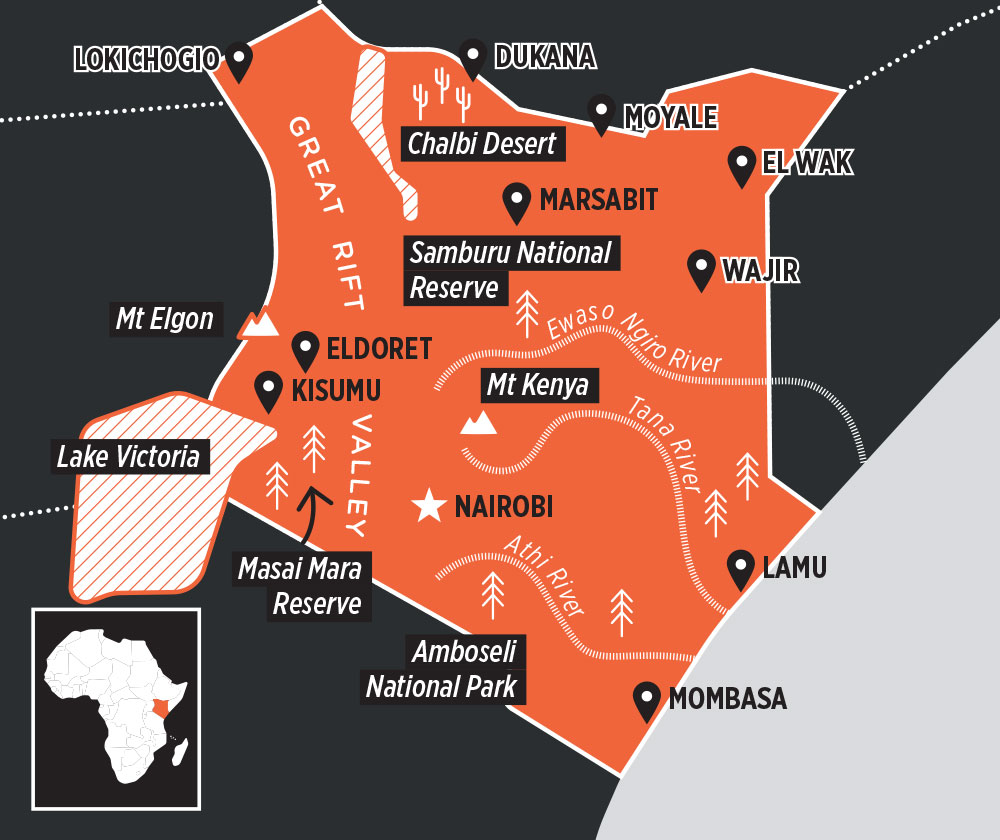Colin and Becca McDougall share the story of the Rendille.
In 1964 the newly independent government of Kenya allowed Earl and Esther Andersen to move to Marsabit to open ministry among the Rendille. Earl’s son Herbert (known affectionately as Dilly), helped create an opening through a water development project in Loglogo, 30km south of Marsabit. In 1968 Earl baptised the first Rendille believers, and in 1969 Louise Cameron came to Loglogo to launch the Loglogo dispensary, extending the mobile medical service. Dilly came back to Loglogo in 1973 with his wife Ruth, a nurse from Bath. Ruth staffed the dispensary and mobile clinic, and Dr Dick Anderson would come from Lokori across Lake Turkana every few months to help with the more serious cases. In those days, before mobile phones, our dispensaries stayed in contact with Dr Anderson by two-way radio, and when the ‘doctor safari’ arrived by plane they would get airmail with news from home.
Reading the word
Our entrance and platform among the Rendille was medical ministry, but the seed was the Word and the germination of the church was education and literacy for all. SIL linguists Nick and Lynne Swanepoel moved to Korr, the centre of the Rendille homeland, in 1981 and began a decades-long ministry of Bible translation and literacy. In no other AIM ministry has there been such a flourishing of literacy among mature women, and it has been literate laymen and women who have stirred the indigenous church movement at every stage. Finally, in 2018, the Rendille New Testament was dedicated, and by 2019, 55 years after Earl Andersen’s arrival in Marsabit, there were seven indigenous congregations surrounding Korr, a reproducing church in Ngurunit, and enough born again believers to reach the rest of the people group. Today AIM missionaries are helping the Rendille not only to disciple their own people, but to become a light to other unreached peoples on Kenya’s northern border.

